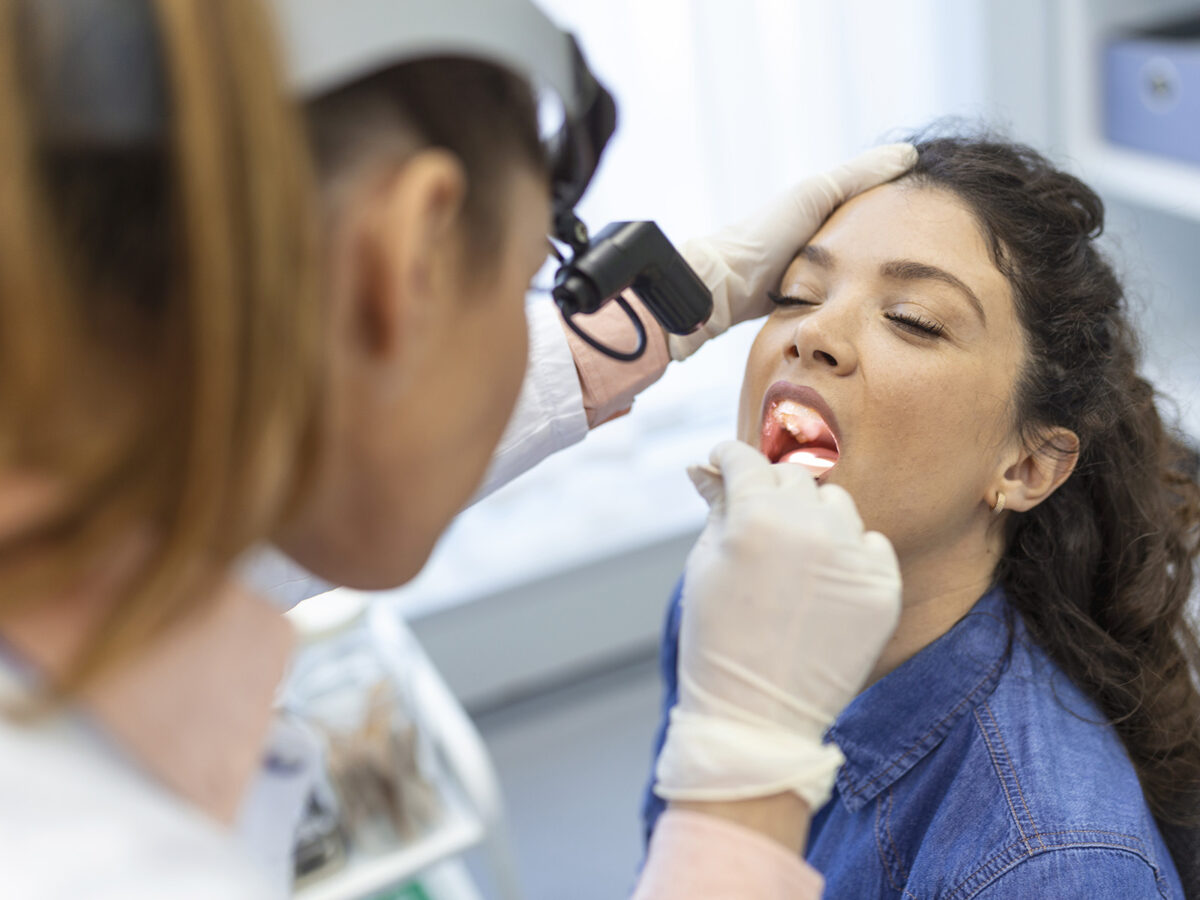An attractive smile can make you more approachable, trustworthy, and successful, according to several studies. In addition to straighter, healthier teeth, braces also have several lesser-known advantages that go beyond their cosmetic value.
Understanding how braces work is essential to understanding the many benefits they offer. Your jawline can also be reshaped by wearing braces as dissolving bone is replaced by new bone growth.
In this blog, you will learn about the benefits of braces and how they affect your overall health. With the help of braces, the teeth can be supported in their straightened positions better and elevate your look. The most effective method of straightening teeth is with braces, and with this blog, you will understand other benefits it offers.
- Improved Oral Health
The best way to maintain good dental hygiene is to brush and floss thoroughly daily. But it may be tricky if your teeth are crooked, crowded, or overlapping. Bacteria and plaque thrive in these conditions and cause difficulty in maintaining hygiene.
Using braces can correct overcrowding and crooked teeth. By doing this, you can maintain good dental hygiene and avoid dental problems.
- Improved Digestion
The pain of chewing due to tooth or jaw pain can lead to people avoiding certain healthy foods. The digestive system can also be adversely affected by this inability to chew properly.
Misaligned teeth slow down the digestion process because they have trouble breaking down food properly. The teeth begin grinding food when chewing, which is why it is an essential part of the digestive process. If teeth are aligned right, digestion can be improved.
- Better Chewing
Incorrectly aligned teeth and jaws can lead to difficulty in chewing and biting food. When left untreated, this can result in excessive wear and tear on the teeth and also weaken the jaw. In addition to causing pain and irritation, this may worsen existing conditions.
Additionally, misaligned teeth interfere with chewing effectively and negatively affect your digestive system, causing food to pass through more slowly and ineffectively.
- Better Bone Structure
When tartar and plaque build-up is present between misaligned teeth and along the gum line, the jawbone is weakened. It leads to gum swelling, bleeding, and loose teeth. The gums can further erode if a tooth falls out. Gaps between teeth can also cause the teeth to be crowded together. A misaligned tooth can also result in bone erosion when too much pressure is placed on the jawbone.
- Decreased Teeth And Jaw Pain
Jaw problems and misaligned teeth are often related. An improper jaw alignment can lead to several symptoms, including headaches, a jaw that pops, pain in the jaw, neck, or shoulders, and sleep cycle disorders.
Having misaligned teeth and jaws can affect your jaw muscles and joints. Although these joints can adapt to lousy positioning, they often compensate in a way that results in more damage.
Misaligned teeth and jaw problems often occur simultaneously in patients with jaw issues. With straighter teeth, all these problems can be avoided.
Final Overview
The main benefit of braces is that they give you a beautiful smile. For children and adults alike, a great smile can boost self-esteem significantly. It is also possible to reshape the jawline by exerting pressure on the teeth.
Each patient’s treatment time will vary based on their needs and goals. A misaligned jaw or teeth can affect many facets of your life. Dental alignment issues can affect a person’s appearance and overall health.
Moreover, misaligned teeth can negatively affect a person’s ability to eat and speak. That is why visiting your dentist to consult about braces and misaligned teeth and resolving your issues today is crucial.




